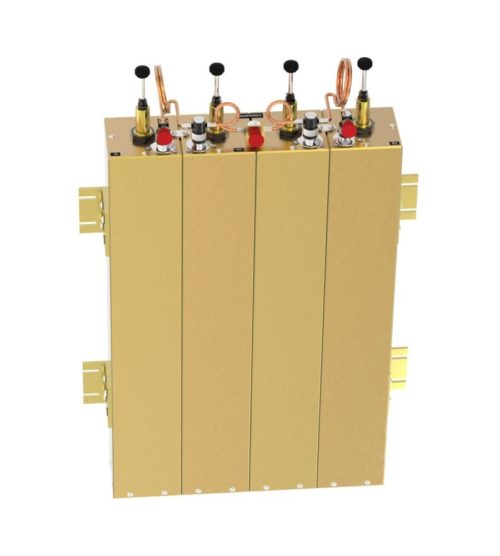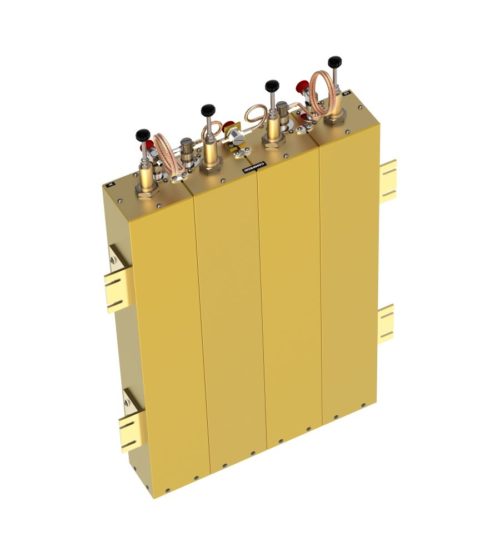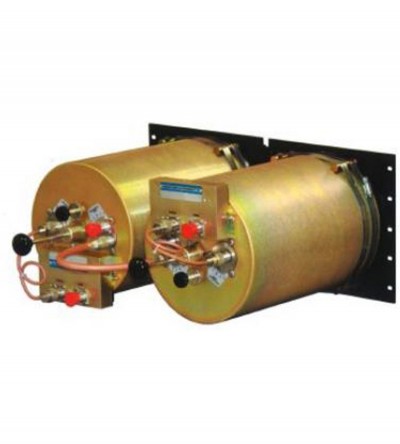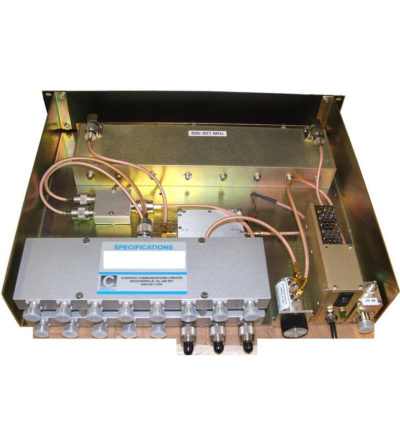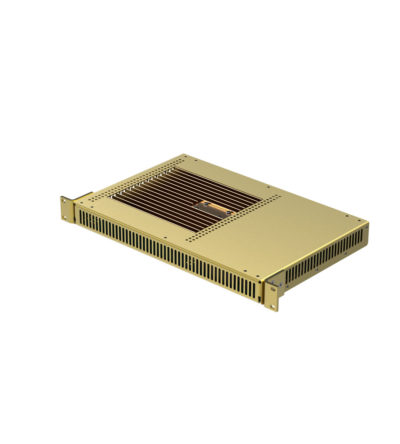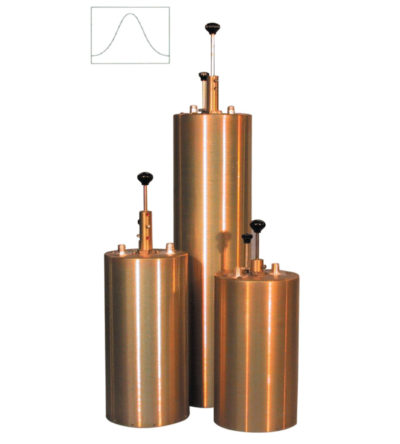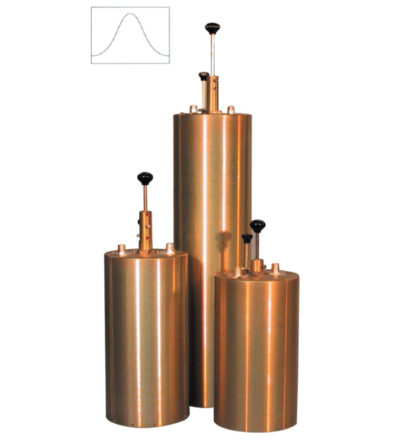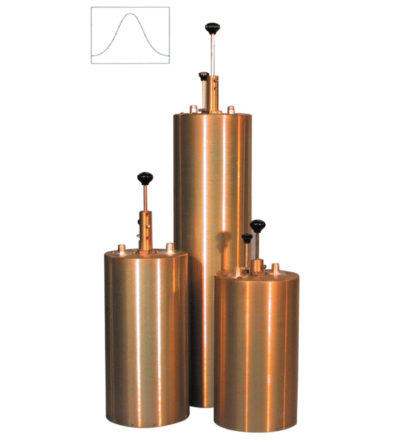- Designed for combining two frequencies that require extra isolation. Can also be used as efficient pre-selectors
- Temperature compensated to ensure frequency stability
- High attenuation to minimize desense and interference from adjacent systems
- Adjustable loops
DESIGNED FOR MAXIMUM PERFORMANCE AND EFFICIENCY
Our filters have been selected by some of the leading Public Safety organizations across North America to ensure Mission-Critical performance for their RF networks. Comprod manufactures each cavity filter in North America – skilled RF technicians, quality calibration, and insistence on high-quality plating materials. This ensures that the filter performance will be optimal, tuning can be easily performed by your technicians, and the RF signals remain as pure and clean as possible. Our customers notice the difference in quality and reliability.
• Four versions of filters available: Band-Pass, Notch, Pass-Reject, and X-Pass, available in 2″, 4″, 6.625″ and 10″ cavities
• 6.625” and 10” filters have two hand-movable tuning rods for faster tuning. Silver-plated adjustable coupling loops and a calibration index label help to facilitate setting the cavity insertion loss as required for each application.
• Combination of a heavy-gauge aluminum outer conductor, thick heliarc-welded cavity top plates, heavy silver-plating on micro-finished tuning assemblies, and Invar-based temperature compensation material for constant performance levels and long-term reliability
• Silver-plated brass bodies, gold- plated center contacts and thru-line cable assemblies that are made with high-quality connectors and RG-393B/U Teflon or RG-214/U cable to provide excellent intermodulation rejection at high system power levels
• Gold-plated cable connector center contacts are soldered to the cable and the dual shield is securely crimped to the connector barrel using pneumatic fixtures and precision dies
-

 Ideal for high power, close frequency separation installations
Ideal for high power, close frequency separation installations -
 Combines multiple receiver frequencies onto the same antenna
Combines multiple receiver frequencies onto the same antenna- A low noise amplifier provides gain across the frequency band
- Low noise figure and low intermodulation generation
- Features up to 16 ports (24 and 32 port versions are available)
- -30 dB signal sampler port that can also be used to inject a signal
-

 Designed for compact, close frequency installations. Ideal for very closely spaced frequency transmitters
Designed for compact, close frequency installations. Ideal for very closely spaced frequency transmitters- High isolation: minimizes intermodulation products
- Low loss: maximizes system performance
- Continuous power:
- Physical size and materials used maximizes the performance across the operating band
-
 Designed for unconditionally stable performance in professional communications systems
Designed for unconditionally stable performance in professional communications systems- High gain, low noise
- Maximum performance with minimum noise
- Filtering on DC terminals
- Greater than 70dB attenuation from as low as 5 MHz to several GHz
- High gain, low noise
-

 Designed to minimize interference from adjacent channels and outside systems
Designed to minimize interference from adjacent channels and outside systems- Available in single, dual or triple units
- Temperature compensated to ensure frequency stability
- High attenuation
- Adjustable loops: each cavity has a calibration index to reference insertion loss
-
 Designed to minimize interference from adjacent channels and outside systems
Designed to minimize interference from adjacent channels and outside systems- Available in single, dual or triple units
- Temperature compensated to ensure frequency stability
- High attenuation
- Adjustable loops: each cavity has a calibration index to reference insertion loss
-
 Designed to minimize interference from adjacent channels and outside systems
Designed to minimize interference from adjacent channels and outside systems- Available in single, dual or triple units
- Temperature compensated to ensure frequency stability
- High attenuation
- Adjustable loops: each cavity has a calibration index to reference insertion loss
-
 Designed to minimize interference from adjacent channels and outside systems
Designed to minimize interference from adjacent channels and outside systems- Available in single, dual or triple units
- Temperature compensated to ensure frequency stability
- High attenuation
- Adjustable loops: each cavity has a calibration index to reference insertion loss
-
 Designed to pass a frequency band and reject a narrow band of frequencies
Designed to pass a frequency band and reject a narrow band of frequencies- Can reject frequencies on either the high or low side of the pass frequency
- Temperature compensated to ensure frequency stability
- High attenuation to minimize desense and interference
-
 Designed to pass a frequency band and reject a narrow band of frequencies
Designed to pass a frequency band and reject a narrow band of frequencies- Can reject frequencies on either the high or low side of the pass frequency
- Temperature compensated to ensure frequency stability
- High attenuation to minimize desense and interference
-
 Designed to pass a frequency band and reject a narrow band of frequencies
Designed to pass a frequency band and reject a narrow band of frequencies- Can reject frequencies on either the high or low side of the pass frequency
- Temperature compensated to ensure frequency stability
- High attenuation to minimize desense and interference

